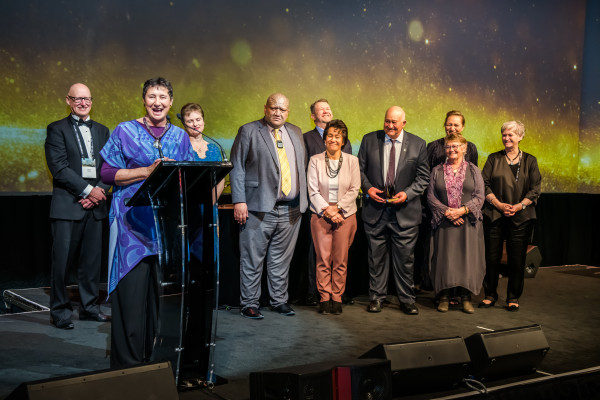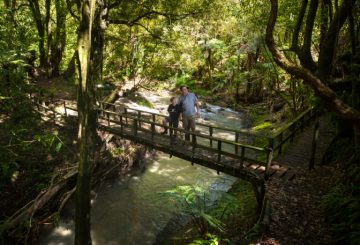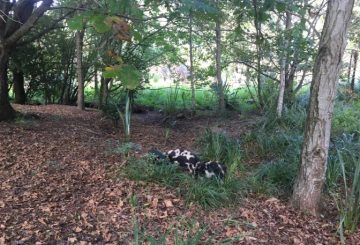ōpōtiki市长林恩·里斯特勒今天宣布,首席执行官艾琳·劳里将于7月离任,抓住泰晤士-科罗曼德区议会首席执行官的新机会。
“就个人而言,我对艾琳和她激动人心的新机会感到非常高兴。但是,我知道我们会想念她作为组织负责人的坚定支持,并要感谢她在过去 12 年中为社区所做的出色工作,” 里斯特勒市长说。
Lawrie女士于2010年加入ōpōtiki区议会,担任首席执行官,此后一直监督该地区的巨大转型。
Lawrie女士在争取外部资金建造新的海港入口方面发挥了重要作用,该入口为蓬勃发展的水产养殖业提供了支持。理事会与Whakatōhea共同在港口项目上的工作因改善该地区的福祉而获得了去年LGNZ卓越奖的总冠军。
其他几个关键项目帮助该地区为经济和人口增长做好了准备,包括耗资数百万美元的下水道改建项目、Te Tāhuhu o Te Rangi的建设、新的滑板场、人行道、花园和游乐场。她与rohe周围的iwi合作伙伴密切合作,以支持他们自己在争吵、住房、发展和创造就业机会等行业和机会方面的抱负。她还在全国范围内分享了自己的专业知识,担任中央政府即将到来的资源管理改革指导小组成员。

“艾琳的遗产将在未来很多年内感受到。近几十年来,ōpōtiki面临许多挑战,但我们一直在努力实现使ōpōtiki恢复繁荣的愿景,尤其是在过去的十年中。我们现在正进入机遇和增长的新阶段。理事会的作用和艾琳的领导一直是这一转型的核心。
“我代表理事会发言,对她多年来的远见、毅力和对员工和社区的服务表示感谢。
“Aileen让该组织在未来处于强势地位。泰晤士-科罗曼德区议会很幸运能有她,我相信她将把自己出色的领导才能和对社区的不懈倡导带到她的新职位上,” 里斯特勒市长说。
2010 年,前市长约翰·福布斯让艾琳·劳里担任首席执行官。
“艾琳为ōpōtiki的长期未来和福祉做出了无论怎样强调都不为过的贡献。她塑造了改变游戏规则的愿景,加上她的辛勤工作和对细节的关注,使梦想变成了现实。
“海港入口和海上养殖的许多好处需要时间才能完全实现。ōpōtiki 将受益于她多年的能力和奉献精神,为此我感谢她。”约翰·福布斯说。
艾琳·劳里(Aileen Lawrie)借此机会感谢社区、工作人员和民选成员的支持。
“我为我们作为一个组织所取得的成就以及ōpōtiki区议会如何为未来定位感到非常自豪。ōpōtiki已经进入了一个增长和机遇的新时期,现在是从多年来的所有战略和计划中受益的时候了。
“整个地方政府,尤其是ōpōtiki面临着许多挑战 —— 三个水域的变化、气候变化和资源管理的新立法,甚至是地方政府本身的形式。
“但是 ōpōtiki 社区很幸运能够在理事会中拥有高技能和敬业精神的员工,他们非常努力地为该地区取得最佳成果。我们已经取得了伟大的成就,我知道还有更多的成就,” 劳里女士说。
艾琳·劳里将于 2022 年 7 月结束在理事会任职。市长和议员将在未来几周内开始招聘和雇用新首席执行官的流程。






























































